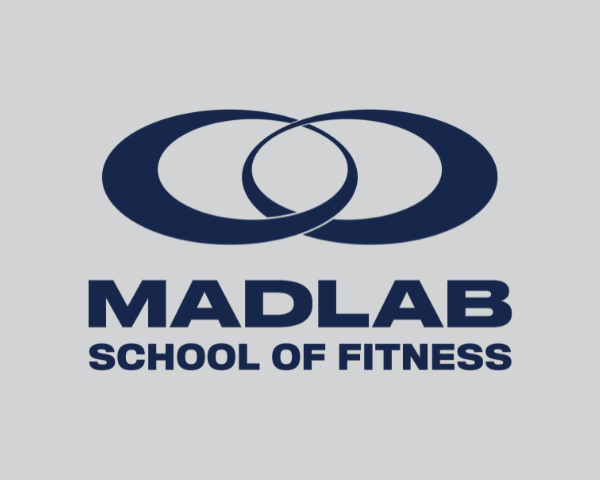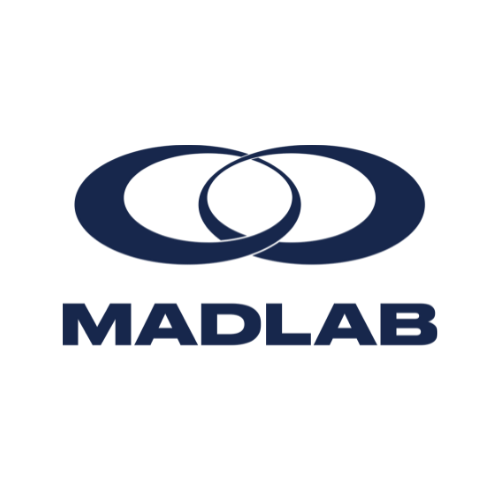IS YOUR COACH DEVELOPMENT PROCESS DESIGNED TO RETAIN YOUR COACHES?
Time and time again, the biggest complaints from gym owners involve their coaches:
My coaches can’t sell.
My coaches keep leaving.
The answer is usually pretty simple: Your coach development process isn’t designed in a way that incentivizes coaches to bother trying to sell or retain clients. As a result, neither your gym nor your coaches can have adequate financial success. So, they don’t stick around coaching in your gym very long.
Before I go into the 5 keys to a coach development process that allows coaches to earn a professional wage at your facility and ultimately stick around (I have never had a coach who earns $50,000 and quits the next year), I’m going to provide a bit of background in terms of how we came up with these 5 keys.
In other words, why should you listen to me?
Currently, at Madlab School of Fitness in Vancouver, I have six full-time coaches who have been there for over ten years each, all of whom earn a professional wage coaching full-time ($50,000+), while our top coach earns well over $100,000 a year.
To get where we are today, we made a lot of mistakes…
My first mentor was Greg Glassman. In the early days, he tried paying his coaches by the head (meaning they were paid based on how many people showed up to class), but that was a nightmare. It pitted coaches against each other—a total shit show. So then he moved to an 80-20 system, where trainers earned 80 percent of the revenue they generated, and the house took 20.
I tried a similar system but knew the house needed more than 20 percent to pay the bills. I went with 70-30 to anyone who wanted to coach. Again, it was a disaster. It was the wild, wild west. Coaches weren’t being mentored properly, and the house suffered from paying out 70 percent.
And so began a long process of figuring out what works best for the coach, the client and the business—what exactly allows all three parties to have success.
From our own mistakes, and from working with hundreds of small gym owners over the last 15 years, and from gathering data with the help of outside parties like Zen Planner, we feel pretty confident we know what it takes to create professional coaches who stick around your facility pursuing a lifelong career in the industry.
5 KEYS TO A COACH DEVELOPMENT SYSTEM THAT ALLOWS THE COACH TO EARN A PROFESSIONAL WAGE AND STICK AROUND:
5. Mentorship
Like any profession, coaches need a true mentor to teach them how to be successful.
Our apprentice coach program teams each apprentice up with a mentor coach. They begin by shadowing the senior coach, and eventually (after they finish our online school and gains enough practical knowledge), they start building their own book of clients.
The lack of true one-on-one mentorship is one of the shortcomings in the industry today.
Part of this is because often, there’s no system in place to compensate the mentor financially. In the Madlab model, the mentor coach also earns a percentage of revenue from the apprentice coach’s clients (while the apprentice earns a smaller percentage as their working their way through the apprentice program); eventually, as the apprentice becomes more and more self-sufficient, the apprentice graduates and starts earning a higher percentage, while the mentor is slowly weaned off as the apprentice needs him less and less.
4. Sales training
Part of the reason your coaches can’t sell is certainly that there’s no financial reward for them to bring in new clients. But even if there is some financial reward, coaches often simply don’t have the formal training.
All Madlab Group coaches go through sales training, taught by sales guru Greg Mack, where they learn to rethink the way they think about sales to being but a conversation between two people to see if you have a solution to their problem.
3. Coach compensation
It goes without saying, if your coaches have the opportunity to earn a professional wage working a sustainable number of hours each week and have the opportunity to take paid vacations, they’re more likely to stick around for years.
This comes down to your coach's compensation system.
In short, if you coach by the hour, it’s next to impossible to do this.
2. Avoid burnout
Another reason coaches often don’t stick around long is that they get burnt out coaching the same group class over and over again or the same personal training clients day in day out, to the point that they feel like they’re simply babysitting adults and starting clocks for workouts. On top of this, they often have to work 40 on-floor hours a week, coaching the same group class workout five times a day to earn a barely adequate living.
Madlab coaches work 20-25 on-floor hours a week and never coach more than two group classes each day. Further, the entire model is relationship-based (their clients buy a relationship with a coach instead of just a hard workout), meaning coaches have one-on-one relationships with their clients and consider each client’s unique needs and wants.
This essentially means the coach can finally make a difference in their clients’ lives in areas beyond just providing them with a good sweat. As a result, the client is more fulfilled, the coach is more fulfilled, and burnout is kept at bay.
1. Coach Co-op
Another deficit in personal training studios and group class facilities is a lack of teamwork between coaches and scale. It is this ability to scale that allows coaches to earn a professional wage.
Also, if you’re a personal trainer and you’re on vacation, chances are your clients will take the week off, too. Or you have to pay someone else you hope you trust to coach them if they have time in their schedule. Being a group class coach is the same: If you take off, you’re not getting paid for the time away.
The Madlab coach co-op model means coaches work as a team. They divide up the classes among them (each coach coaches between 5 and 8 classes a week maximum), and they cover each others’ classes when they’re away.
And because all of the coaches went through the same training, they trust their fellow coaches to cover their clients and classes when need be. More importantly, all clients receive the same type of care when they attend another coach’s class, providing a more consistent experience than they might otherwise have.
If you find yourself wondering why you can’t keep coaches, why they don’t give a shit about your business, and why they have never attempted to sell a new client, re-consider the system they’re working under. If it’s not designed to benefit them, they likely won’t stick around for long.
Menu
Contact Us
1980 Clark Drive
Vancouver, BC Canada
V5N 0A9
info@madlabbusiness.com
Follow Us

Copyright © 2023 Madlab Business. All Rights Reserved.

